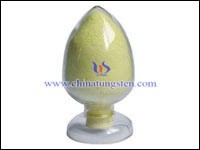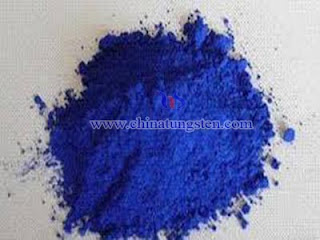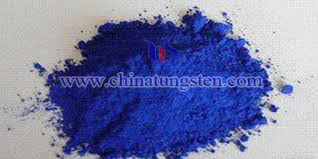Tungsten Oxide Photochromic Influence Factors

Tungsten oxide photochromic incluence factors are various. In addition to the structure and composition of itself, which the atmosphere the tungsten oxide exist will also impact on its chromogenic performance. Considered from the internal structure of tungsten oxide, there are different structures of tungsten oxide there. From relatively stable triclinic, monoclinic to cubic, tetragonal and very unstable hexagonal bronze, pyrochlore phase, but the most studied at the present is amorphous (a-WO 3 ) or polycrystalline (c-WO 3 ) film’s photochromic properties. After the study found that a-WO 3 compared with c-WO 3 has a good photochromic property, mainly because c-WO 3 has lattice defects or small surface area or others. The internal factors which mentioned above is the main reasons of determine the material properties, and external also has great impact on tungsten oxide photochromic which can not be underestimated, especially on different atmosphere. From colored aspects






